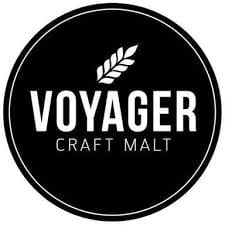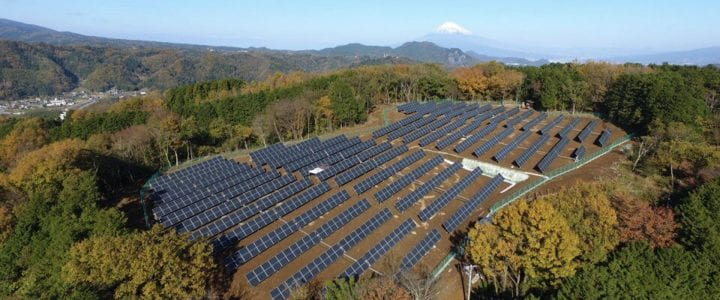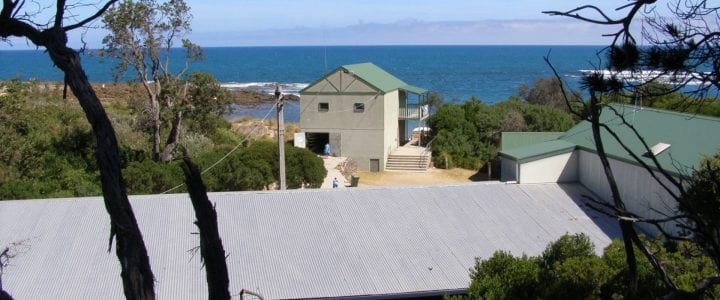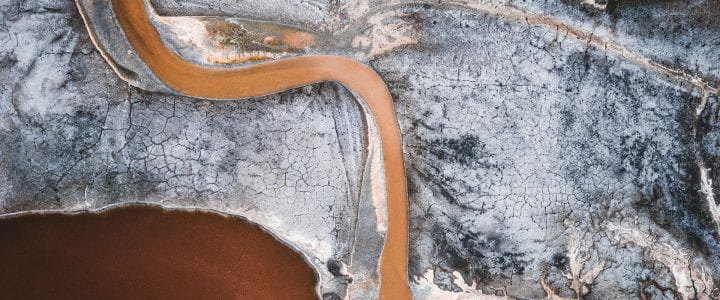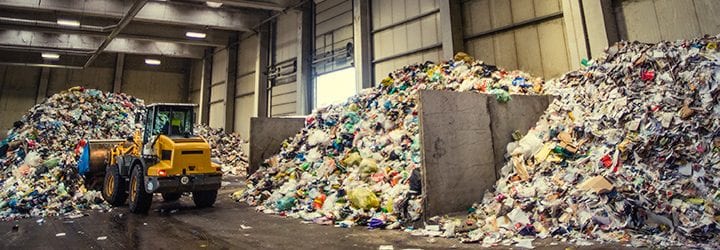BACKGROUND:
The Department of Justice and Community Safety (the department) has a vision for a justice and community safety system that works together to build a safer, fairer and stronger Victoria. The department has productive partnerships with more than 60 statutory entities and the support of more than 100,000 volunteers. It has extensive service delivery responsibilities ranging from managing both the state’s adult and youth custodial systems to providing consumer protection.
The environment team resides within the Assurance business unit of the Department of Justice and Community Safety (DJCS) and manages the Environmental Management System (EMS) to minimise the department’s environmental impacts, ensure efficient use of resources and comply with various legislation including the Financial Reporting Directive 24D and Climate Change Act 2017.
This project brief specifies a proposal for an environmental sustainability project to be undertaken by a student over four months, with the guidance of the Senior Environmental Specialist and RMIT supervisor(s).
DJCS is a significant greenhouse gas emitter with emissions expected to reach 80,000 tonnes of carbon dioxide equivalent emissions (t/CO2-e) this financial year. A significant contributor to emissions is from energy consumed at correctional centres and within vocational industries. The most energy intensive industries include vocations such as metal work, timber industries and bakery.
AIM:
The student shall perform a review across select energy intensive prison industry warehouses and workshops to establish both a best practice design guide for commercial and warehouse facilities and the industry operations within them. The assessment must consider the state government objective of ‘net zero’ emissions by 2050 with a focus to using electricity generated from onsite solar power generation.
The final report and guide shall be provided to the Assistant Director of Environment and Climate Change. These shall include specific recommendations, anticipated pay-backs and greenhouse gas emissions saving estimations to answer the research question:
What measures can be implemented to improve the energy consumption within prison industry buildings and operations. Can the buildings and operations be designed or retrofitted to be ‘net zero’ emissions in a cost-effective manner with current technology?
The design review shall include lighting, utilities, appliances, air circulation, heating and cooling. It should consider building envelope, roofing, insulation, consumption, usage (timers, sleep-mode etc.), appliances, security measures and any other opportunities the student may identify.
The operations review shall include elements from the most intensive industries – metal work, timber industries and bakery. Both metal work and timber industries also have powder coating and spray-painting facilities as part of the operations.
The student is expected to utilise available data on electricity and gas consumption, perform site visits, provide an industry comparison, research energy efficiency data (energy star ratings) of various electrical and gas devices, resulting in a design and appliance guide and recommendations. Findings will be presented in an extensive report detailing options to improve energy efficiency with corresponding costings, pay-backs and greenhouse gas emissions savings. The report should factor in emissions savings as onsite renewable energy generation increases or alternatively as the electricity grid decarbonises.
This project will contribute considerably to the department’s environmental targets within the Environmental Management Plan and key goals of reducing office-based emissions.
DELIVERABLES:
The deliverables of the project can be structured to be delivered under a staged approach. This will allow DJCS to start applying outcomes from the project as the engagement progresses rather than once it has concluded.
The deliverables of the project include:
| Deliverable |
Description |
Initial Timing Estimate |
| 1 |
Background and market research |
|
| 2 |
Departmental baseline and analysis |
|
| 3 |
Design audit methodology and outcomes |
|
| 4 |
Final report and recommendations |
|
The project report shall be written up as a business case including, but not limited to, the following sections:
- Executive Summary
- Background and market research
- Departmental baseline and analysis
- Design assessment and outcomes
- Recommendations
The project deliverables shall be written for a wide audience. It should be assumed the majority do not have an in-depth understanding of energy efficiency audits.
WORK METHOD:
TBD
KEY ATTRIBUTES:
Attributes required include:
- Basic engineering and financial modeling
- Intermediate spreadsheet skills
- Intermediate energy efficiency audit knowledge
- Self-motivated.
STUDENT SELECTION:
DJCS is welcomed to join the selection of students with RMIT project team.
The successful applicant must be willing to undertake security and police checks before appointment or access to site is given. DJCS reserves the right to refuse any or all students applying to this Industry Engagement at any stage of the process.

